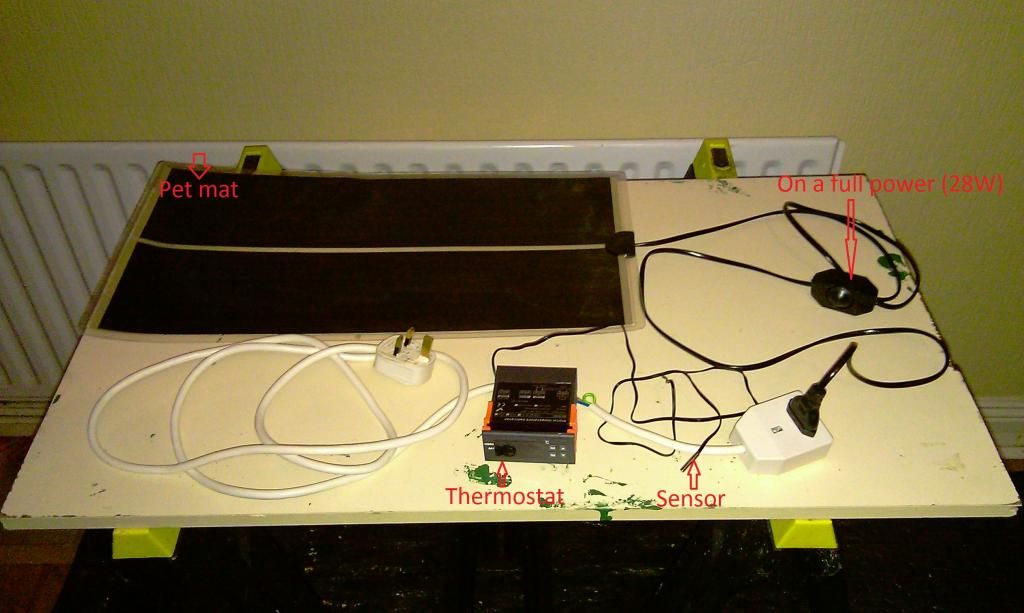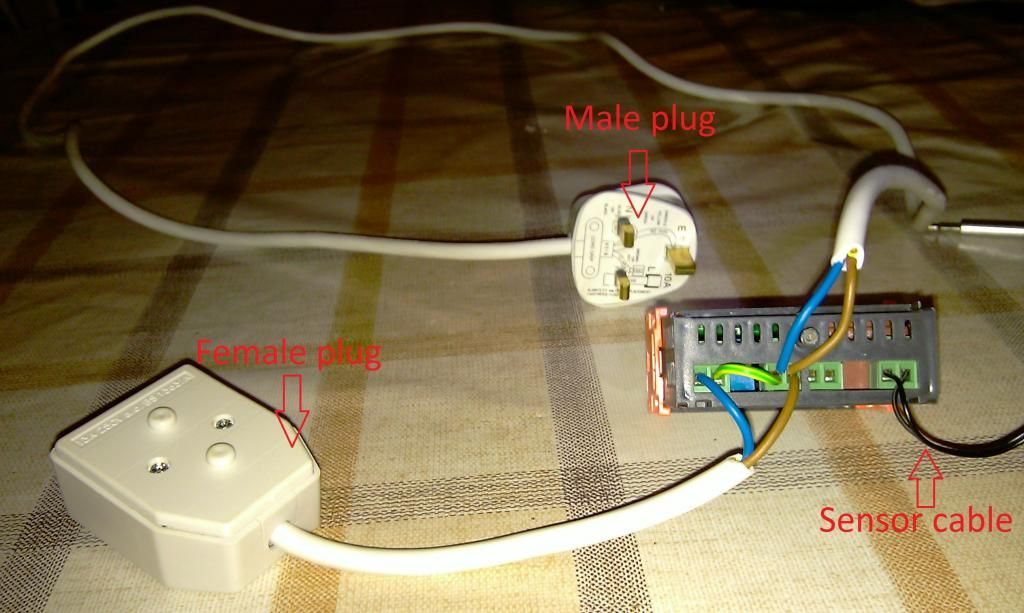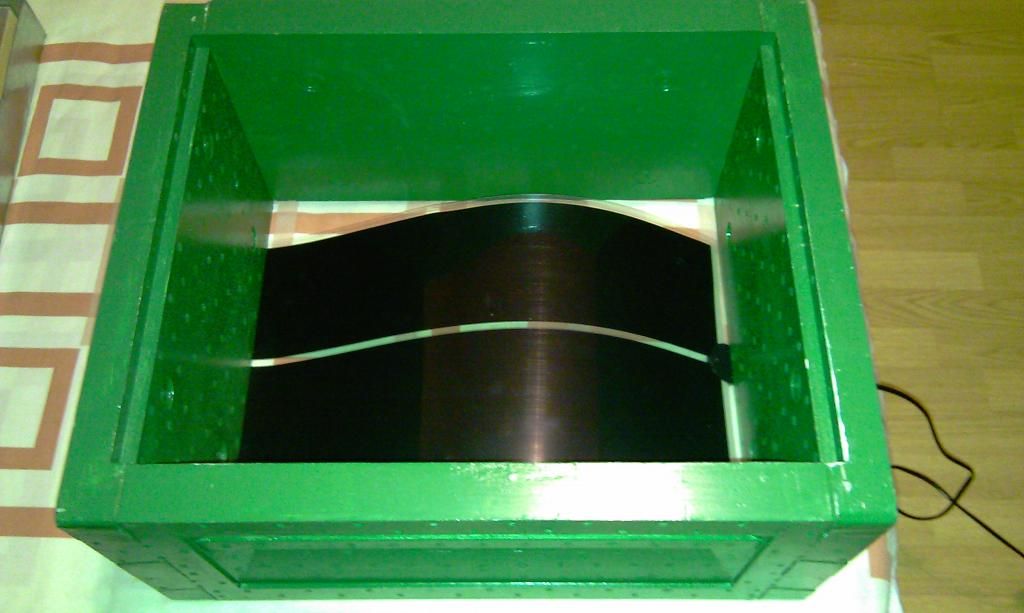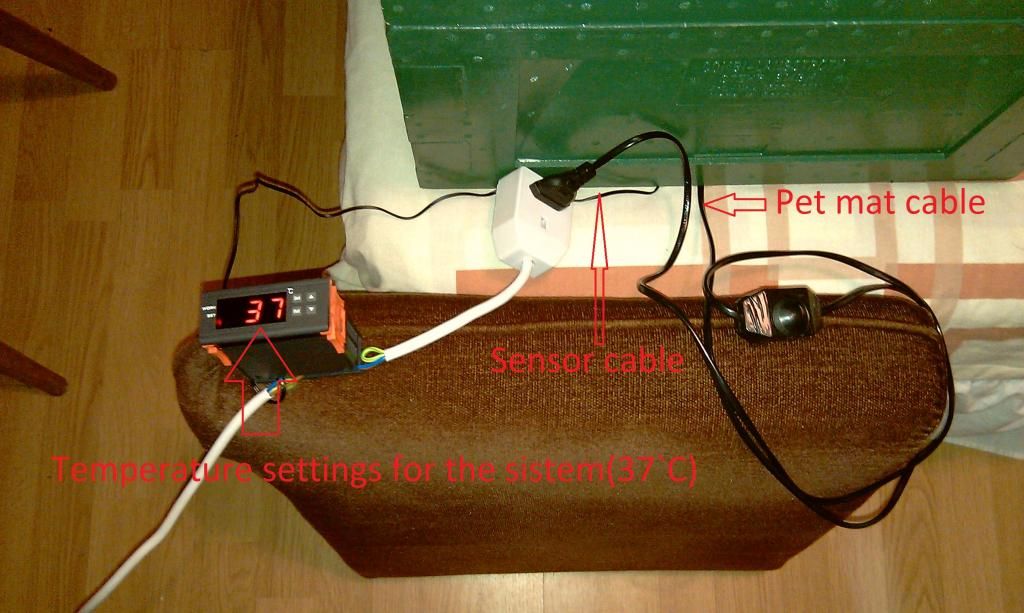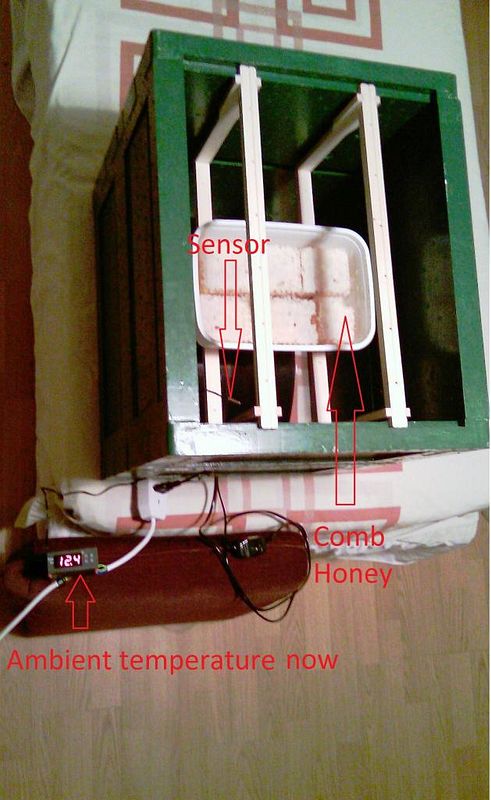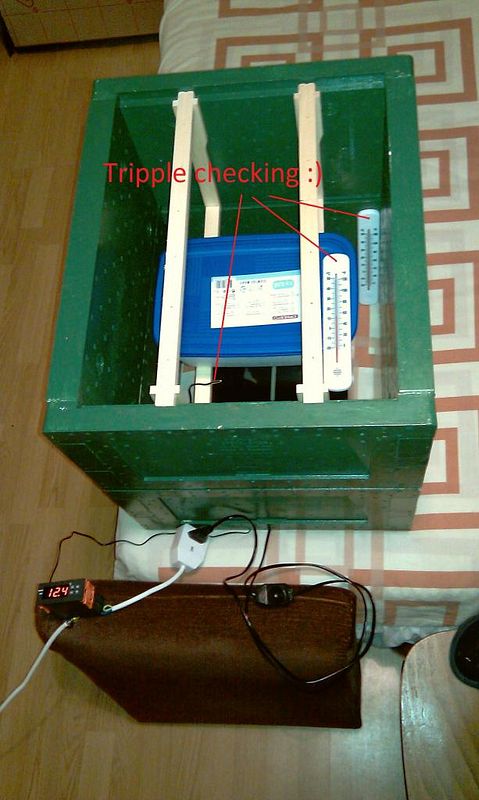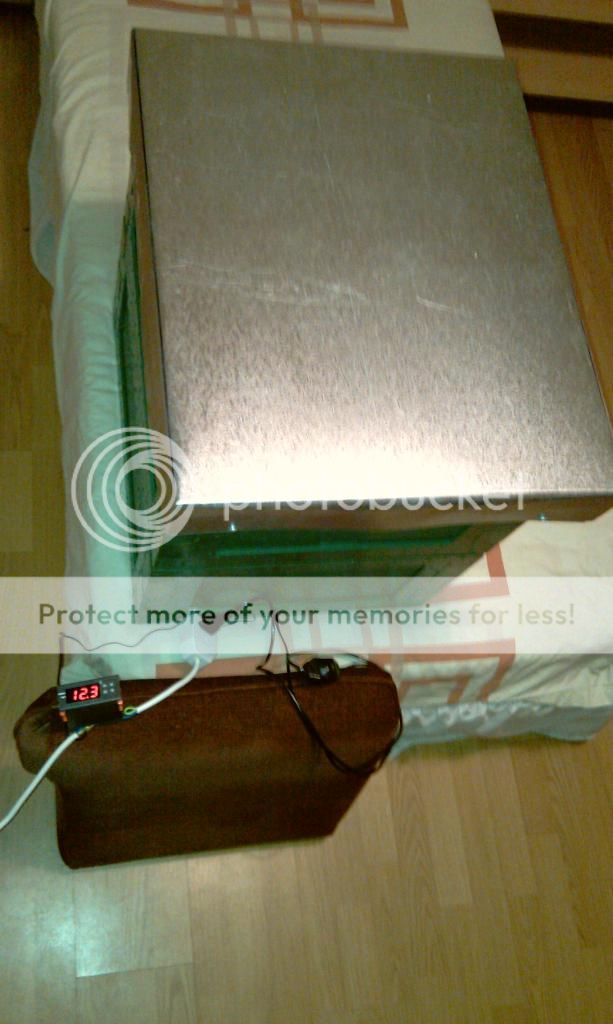IMPORTANT There are different versions of the STC-1000 Thermostat.
Surely one should follow an exact instruction of producer of thermostat. I just gave an example how the wiring could be done (with the version indicated in my post #10 blatantly).
Some wally has painted INSIDE this beehive. Oh well, it can be kept as a warming cabinet, and NOT used for keeping bees and honey in … Don't paint inside hives. Even plastic ones.
Dear friend. I`m not sure what kind of wasp has stung you this morning

, but could you make an effort to explain more specifically why do you mind a paint inside a hive… Taking in account you could not have a clue about paint I used.
Painting both sides means less UV goes through the walls bothering the bees, and makes it easy to clean off a mould and any sort of a dirt if the need arise.
If it`s all about paint odor, than, first of all, some paints (some water based i.e.) almost do not have it, while those that do have odor…Well… There is no substance in the world that evaporates all the time

It`s a good practice to avoid odor paints though.
Back to my warming cabinet … It works…slowly, but surely

It`s taken more than half a day in order to get 38`C inside, but then it keeps the temperature well within a set range of 37-38`C. There is always an option though to use a multiple plugs adaptor for more Pet Mats to be connected to the system, in order to speed up the heating.
The comb I used was the Ivy honey, as hard as a stone. It`s very soft now (like a warm set honey), but crystals are not dissolved yet completely. I`ll give it a go for another day.
Chears everybody






